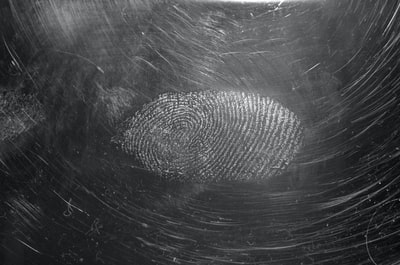 Atoms are composed of three sub-atomic particles:
Atoms are composed of three sub-atomic particles:
- – protons
- – neutrons
- – electrons
The protons and neutrons and located in the nucleus which sits in the middle of the atom. The electrons surround the nucleus, arranged in different energy levels.
Each of the sub-atomic particles consists of different properties.
| Sub-atomic particle | Relative charge | Relative mass |
| ProtonNeutronElectron |
+1 -1 |
1 1 Nearly 0 |
An atom contains an equal number of negatively charged electrons and positively charged protons. This means that they always have a neutral charge. However, atoms are able to lose and gain electrons which changes their charge and turns them into ions.
- An atom becomes a positively charged ion if it loses one or more electrons.
- An atom becomes a negatively charged ion if it gains one or more electrons.
——————————————————
Evidence of atomic structure

The theory was tested in 1905 and found to be incorrect.
One scientist who designed an experiment to test the plum pudding model was Ernest Rutherford. It was then conducted by his assistants, Ernest Marsden and Hans Geiger.
The experiment involved firing a beam of alpha particles (a form of radiation) at a very think piece of gold foil. How the particles passed through was then detected.
They predicted that the alpha particles would simply pass straight through the foil. However, instead some came through the foil at random angles while others shot straight back out.
What the scientists concluded was that the alpha particles were being deflected and repelled due to a little positive charge in the atoms. An alpha particle is, in fact, composed of two protons and two neutrons, making them positively charged.
After this, the nuclear model of the atom replaced the plum pudding model.